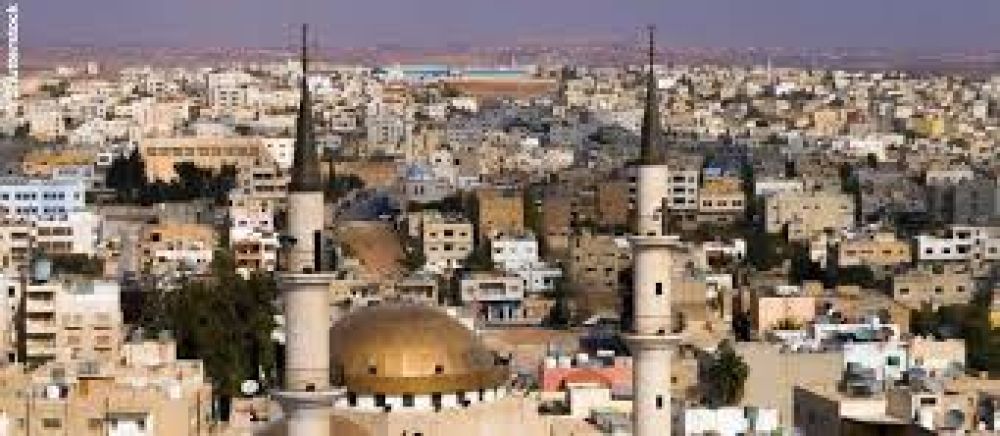

Madaba, the "City of Mosaics," has a rich tapestry of history intertwined with its tourism industry. Located in central Jordan, approximately 30 kilometers southwest of the capital Amman, Madaba is famous for its unique collection of Byzantine and Umayyad mosaics, particularly the 6th century mosaic map of the Holy Land housed in the Greek Orthodox Church of St. George.
Madaba's history dates back several millennia, with mentions in the Bible and its establishment as a Moabite border city around 1200 BC. The city flourished during the Byzantine and Umayyad periods, which is evident from the abundant mosaic artwork from the 5th to the 7th centuries AD that has been discovered here.
It was in the late 19th century that the city underwent a revival. The migration of Christian Arab families from the south of Jordan, looking to restore their lives in the ancient town, stumbled upon these now famous mosaics while building their homes. The discovery piqued the interest of scholars and historians worldwide, laying the foundations of tourism in Madaba.
Madaba soon became a locus for archaeological expeditions, driven by the desire to uncover more about the region's past. The city's tourism industry began to take shape with the establishment of the Archaeological Park and the Madaba Mosaic School, which solidified Madaba's reputation as a center for studying and preserving ancient mosaics.
Over time, the Jordanian government and international organizations invested in conservation efforts and the promotion of Madaba as a cultural heritage site. Tourism infrastructure, including hotels, restaurants, and visitor centers, expanded, catering to an increasing number of visitors intrigued by Madaba’s historical charm and its proximity to other tourist attractions such as Mount Nebo, the Dead Sea, and the ancient fortress of Machaerus.
Today, Madaba's tourism extends beyond historical and religious attractions. Adventure tourism is on the rise, with hiking and cycling around the scenic Wadi Mujib, and the Kings’ Highway offering breathtaking ways to experience Jordan's natural beauty.
The city has also embraced eco-tourism, with several initiatives encouraging sustainable travel experiences that minimize environmental impact and support local communities. Visitors can engage with local artisans, enjoy traditional Jordanian hospitality, and even participate in cooking classes to immerse themselves in the local culture.
Furthermore, Jordan has invested in digital technology to enhance the tourist experience. Virtual reality tours and mobile app guides are being introduced, allowing visitors to appreciate Madaba's history more interactively.
The city has also been featured in numerous travel publications and blogs, again highlighting its mosaics, archaeological sites, and its status as a gateway to the biblical landscapes of Jordan – empowering Madaba as a staple on the map of must-visit destinations in the Middle East.
Madaba's history of tourism reflects a journey from ancient art discovery to a thriving cultural destination. It continues to evolve, embracing new trends while preserving its profound historical and religious significance. Visitors from around the globe are welcomed to this small city, where every stone and mosaic piece tells a story that stretches back thousands of years.